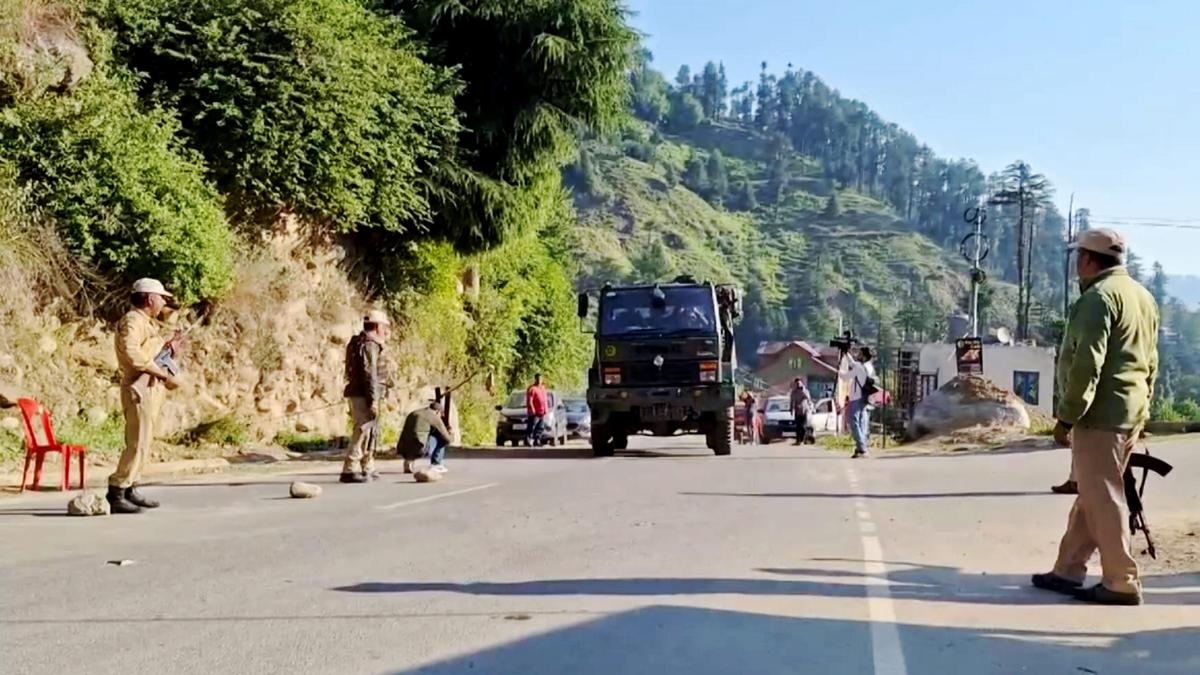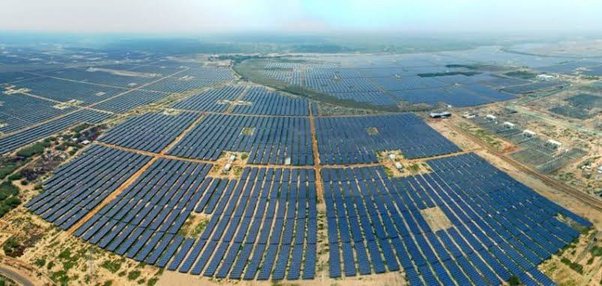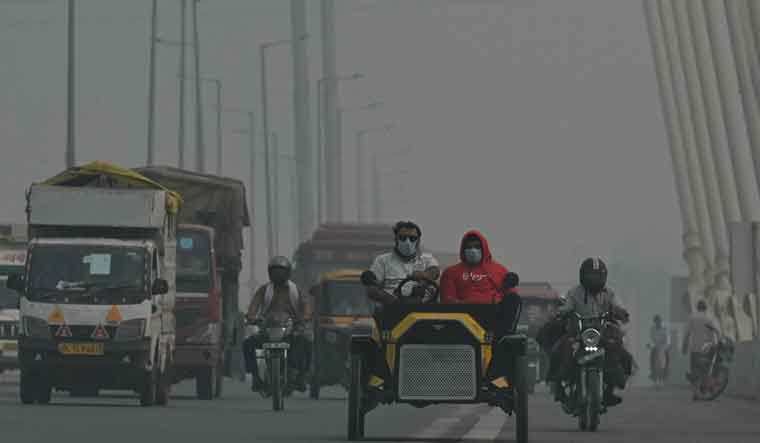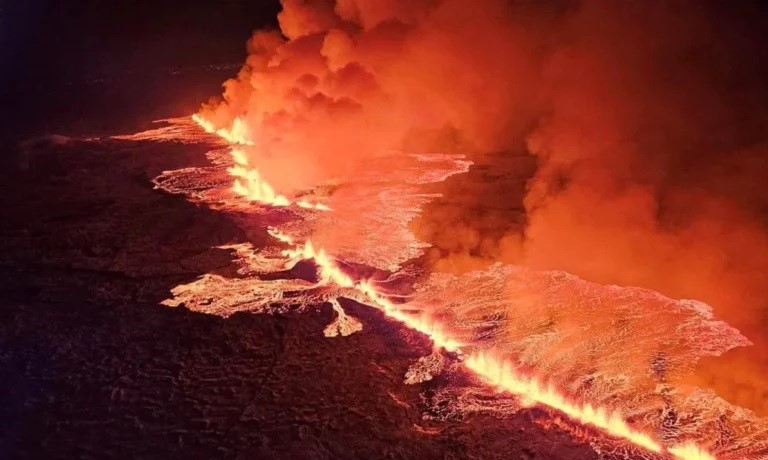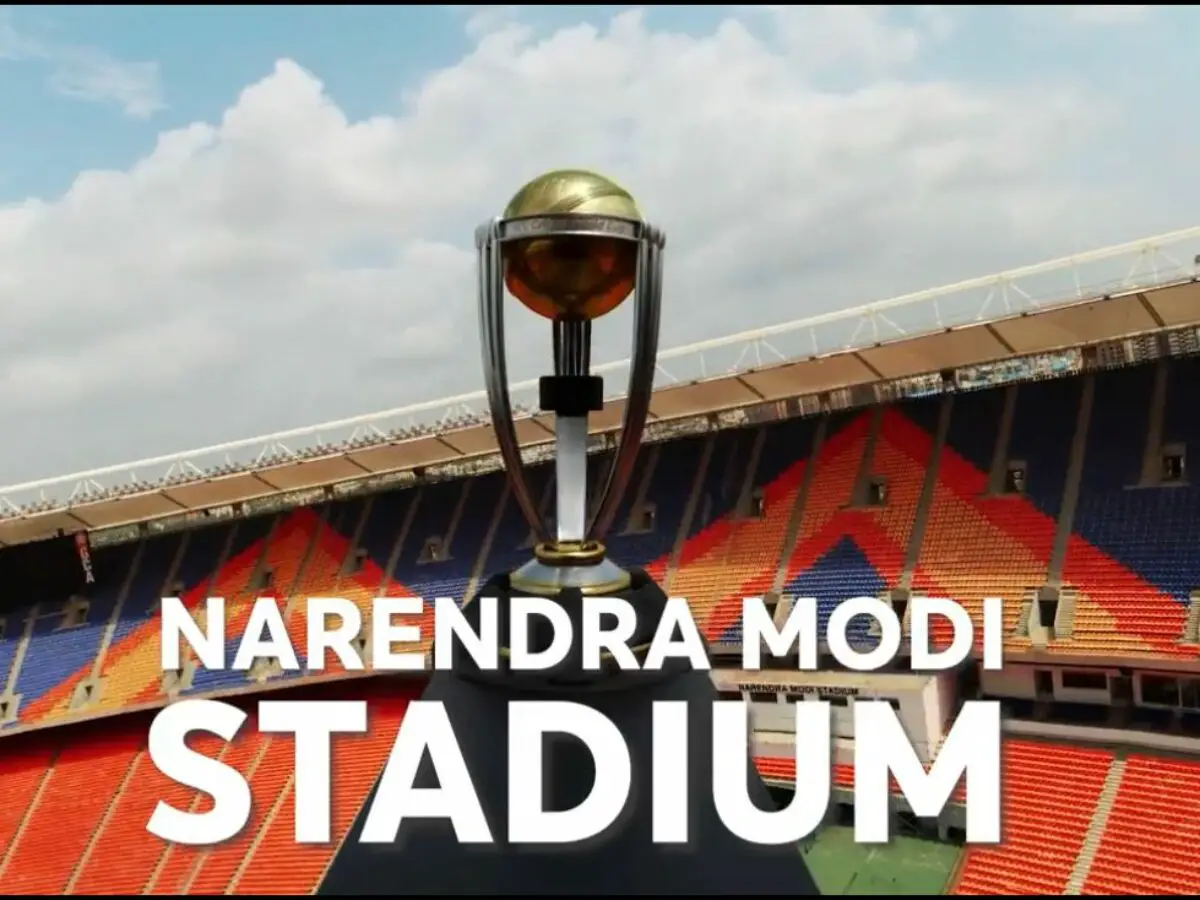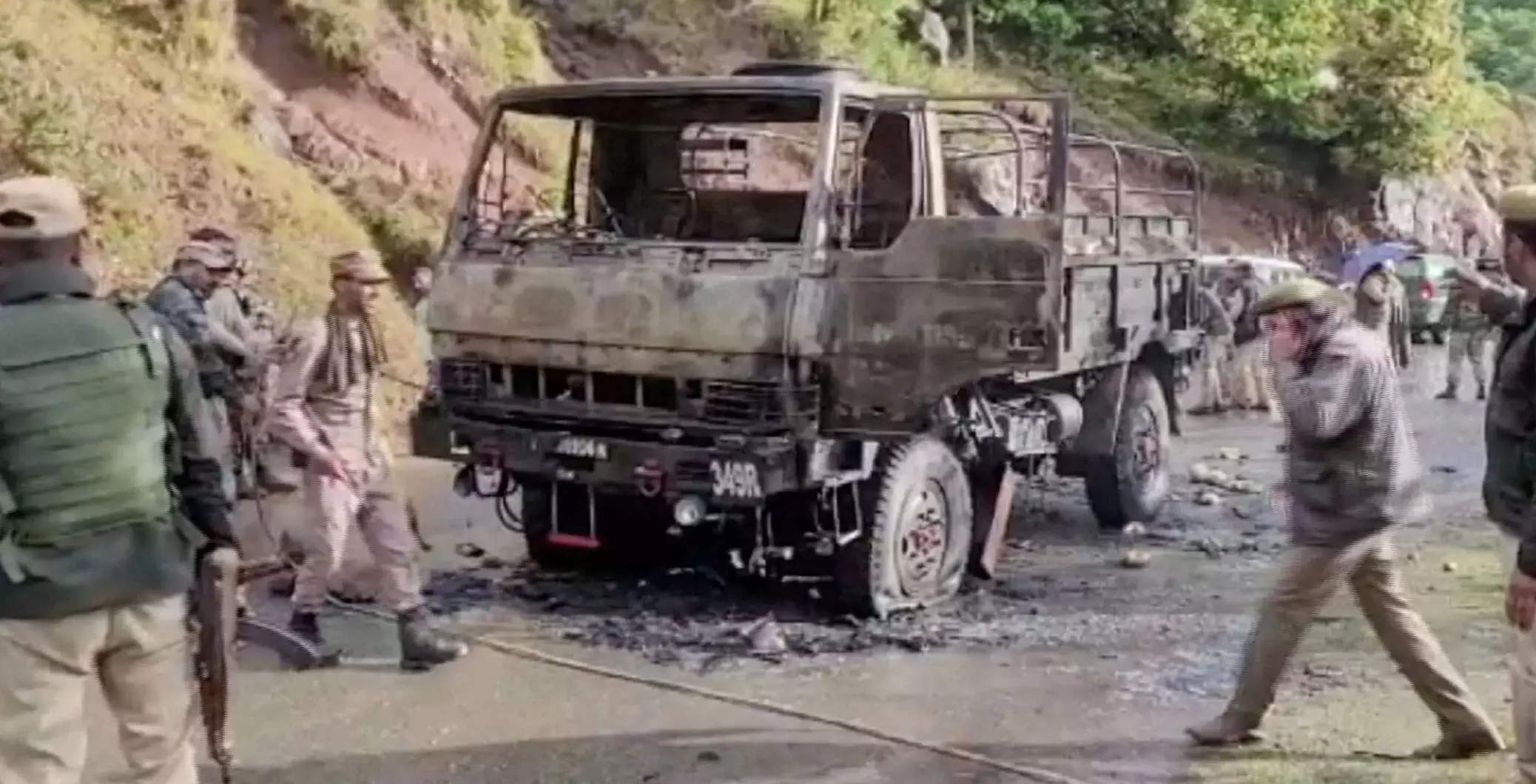
The world’s tallest frozen lake marathon took place amid the stunning depths of Pangong Lake in Ladakh. The remarkable ‘theastrun’ race attracted 120 enthusiastic participants from seven different countries. It was a call to action against the impending threat of climate change as well as a test of endurance.
To highlight the need of protecting the environment, racers braved temperatures below -10 degrees Celsius at a height of 14,273 feet amid heavy snowfall.
This marathon was more than just a competition; it was organized by the Adventure Sports Foundation of Ladakh in collaboration with the Administration Union Territory of Ladakh and the 14 Corps of the Indian Army. It was a strong declaration about how critical it is to protect the environment. To make a stand for the planet, runners braved temperatures minus -10 degrees Celsius at an altitude of 14,273 feet amid heavy snowfall.
The event, which was held for the second time this year, had a strong message: this might be the final time it is held on the frozen lake. The Himalayan glaciers are melting quickly due to climate change, endangering ecosystems and means of subsistence. The organizers of “theastrun” wanted to raise awareness of this urgent problem and encourage action on a worldwide scale.
However, the goal of the marathon was not only to increase awareness but also to promote environmentally friendly winter travel. The event aimed to encourage growth in border communities while maintaining their natural beauty and cultural history as part of the Center’s “Vibrant Village Program.” As the event’s principal guest, Secretary of Sports Ravinder Kumar emphasized the value of these kinds of programs in promoting overall development.
There were two categories for participants to choose from: 21 kilometers and 10 kilometers. Every stride they made was a symbol of their unity with the earth as much as a personal victory. The first marathon, which took place last year, is now recognized as the world’s highest frozen lake half marathon and is listed in the Guinness World Records. The event this year aimed even higher in its quest for environmental advocacy—both literally and figuratively.
Also read: How the dramatic switch by Lewis Hamilton from Mercedes to Ferrari transpired.


The message was crystal obvious as the runners crossed the finish line and the reverberations of their accomplishment echoed across the icy length of Pangong Lake: we must work together to address the challenges posed by climate change. These runners showed courage, tenacity, and a strong feeling of duty to the environment in the face of hardship.
Beyond medals obtained or records shattered, “theastrun’s” success resides in its ability to motivate change. In the battle against climate change, this marathon has emerged as a ray of hope by embracing the competitive and adventurous spirit. There is still hope for a sustainable future as long as there are people willing to run for something bigger than themselves.
















































